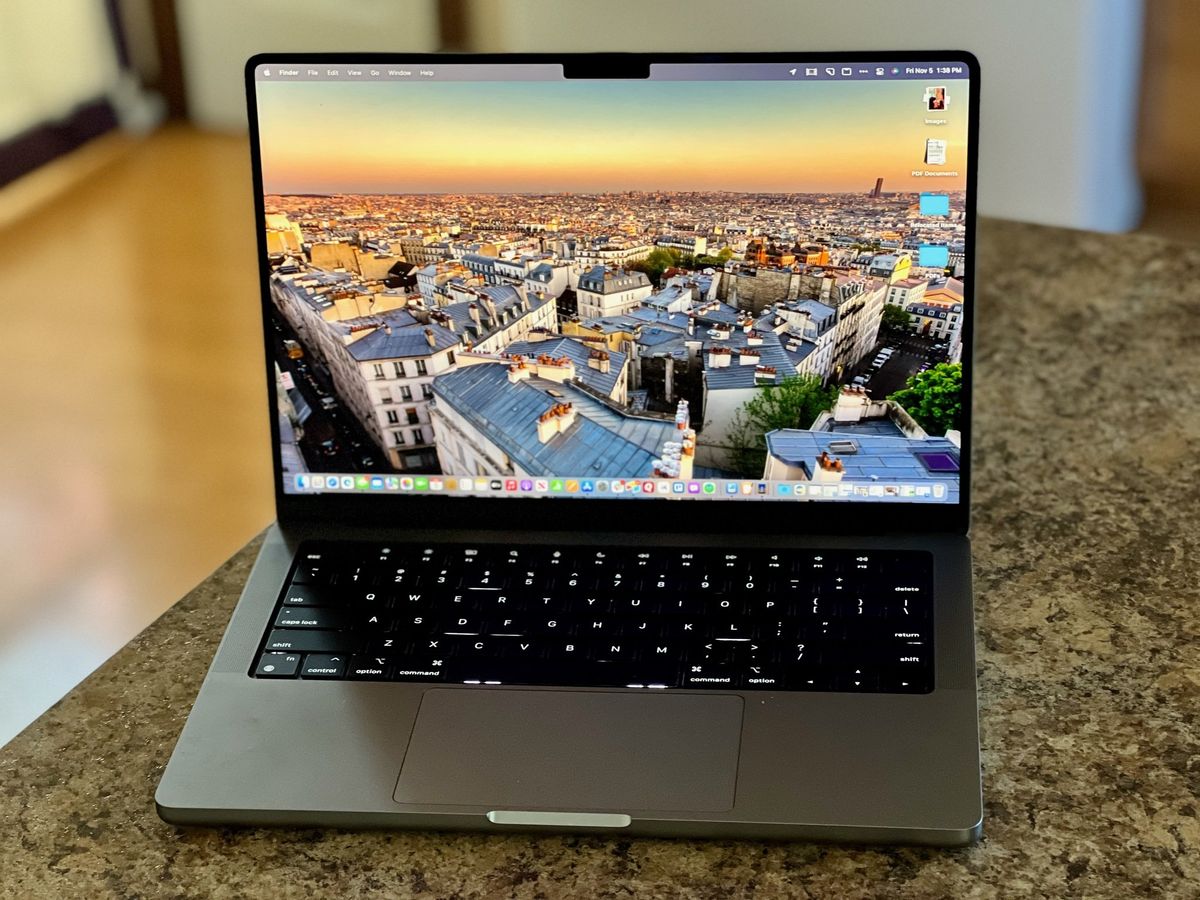I've recently got my hands on a unibody iMac from 2010. It already had Sierra installed on it, but the hard drive was partitioned frankly stupidly. The hard drive had a capacity of 1TB, but only about 17GB was usable as the boot partition. That partition couldn't be edited in any useful way, so I tried to format it using the command prompt on a Windows 10 install disk on my desktop.
I'd tried to make a bootable USB of Sierra using TransMac (I don't have another Mac computer) but I can't see it on the startup options menu. I also can't see my hard drive (it's entirely possible it didn't format as exFAT).
How do I get macOS installed with a USB on a blank hard drive?
I'd tried to make a bootable USB of Sierra using TransMac (I don't have another Mac computer) but I can't see it on the startup options menu. I also can't see my hard drive (it's entirely possible it didn't format as exFAT).
How do I get macOS installed with a USB on a blank hard drive?





